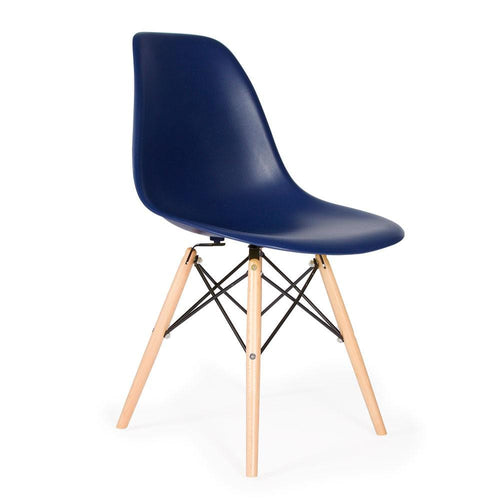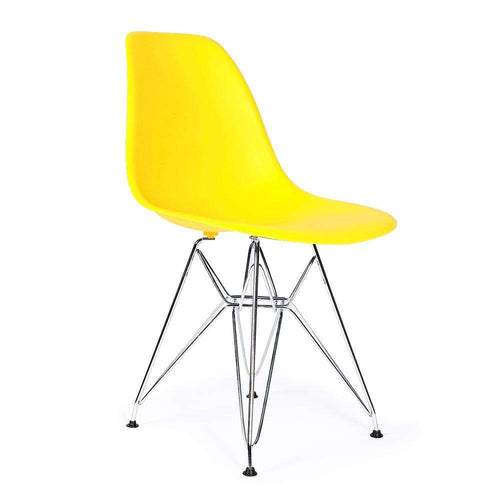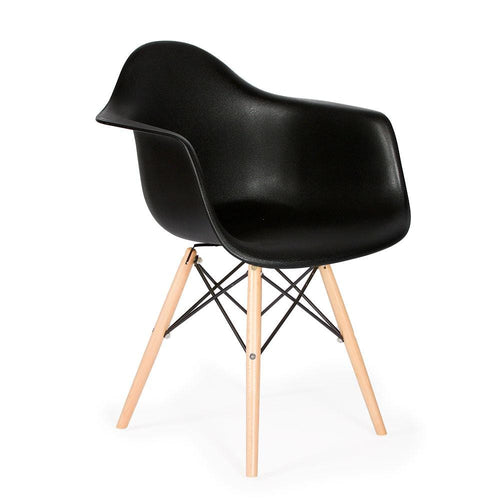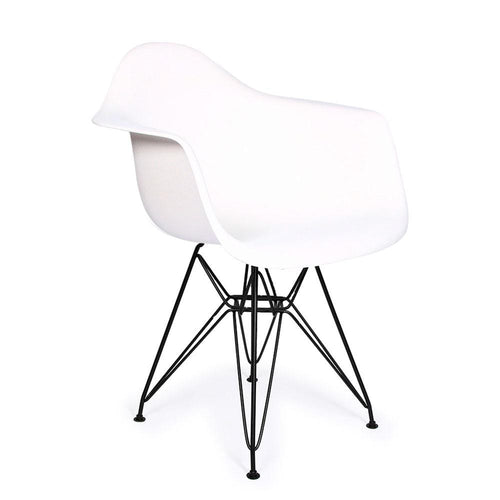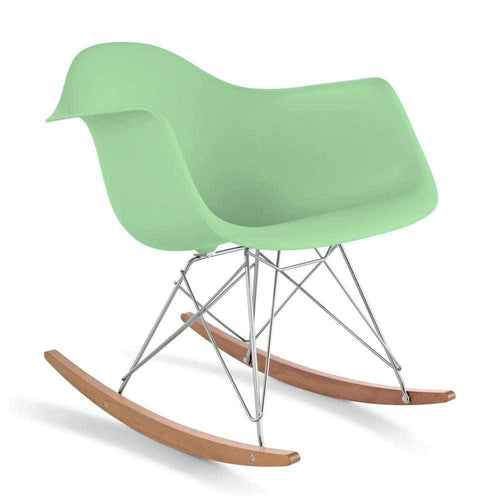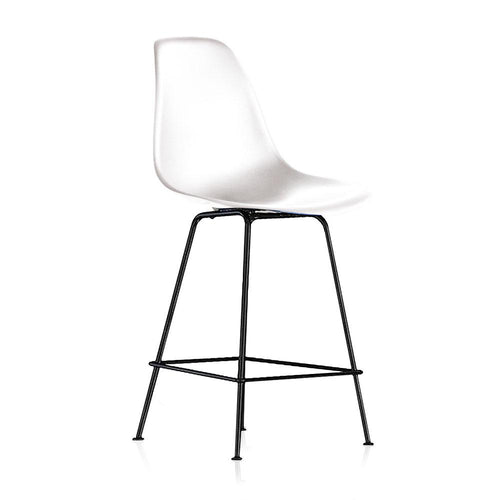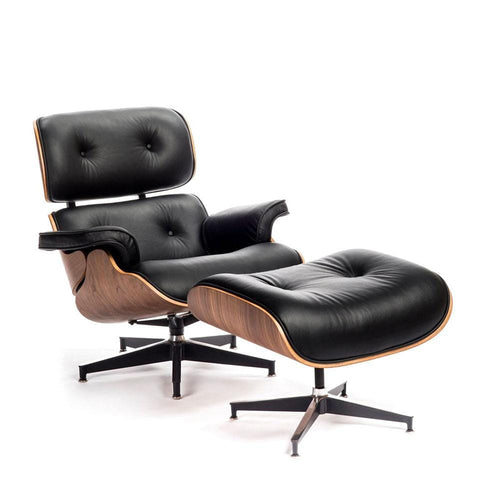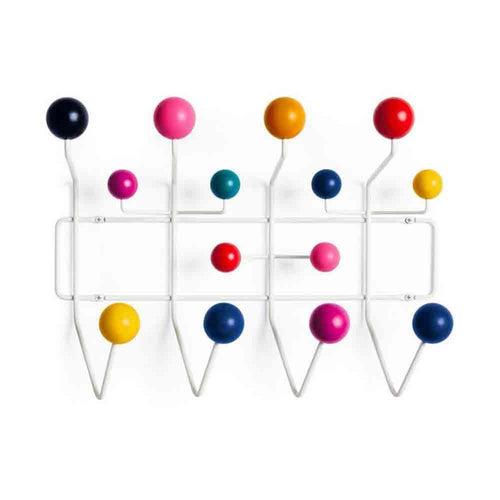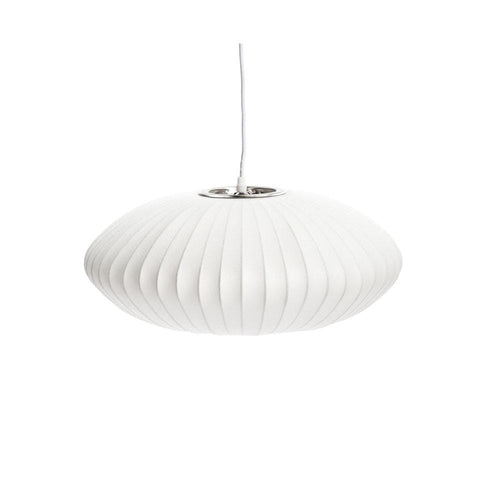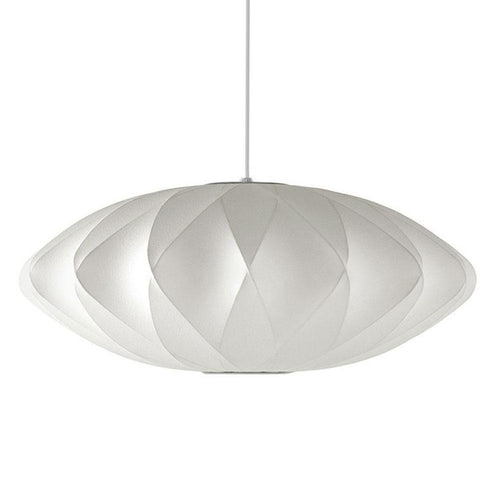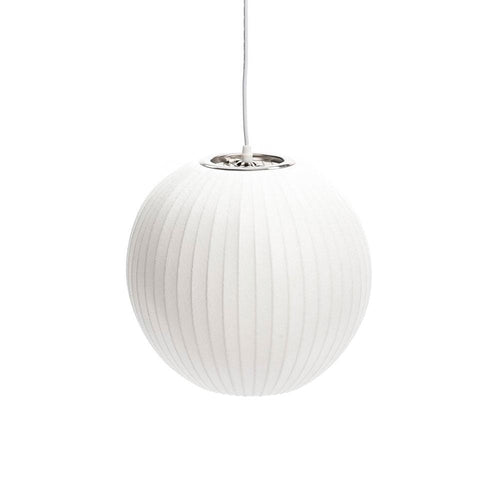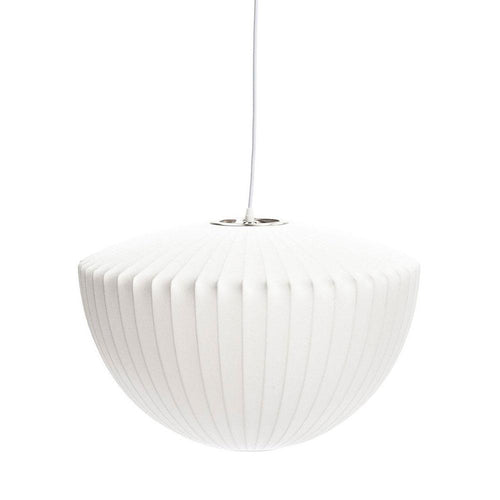Symbol of Danish modernism, the original Wishbone chair, but also its stool variation, is an icon par excellence.It was created by the hands of Wegner, a talented cabinetmaker, who would become one of the greatest of the 1950s. It was named as such but its nickname is more international, the "Y" chair. This is due to the shape of its back. The main "Y" shaped piece connects the seat to a curved wooden tube allowing for armrests, and gives it its airy appearance.

Here's a fact about the creation of this chair that might surprise many. Wegner being Danish, his chair is attributed the status of Scandinavian design and that is normal. But in reality, the design is much closer to what is proposed in Asia, and more precisely in China, during the Ming dynasty. Yes, more than 6 centuries ago. It was the wide structure, the and curves, as well as the high backs of the thrones of the emperors that gave him the idea to mix these characteristics with Scandinavian elements.

















